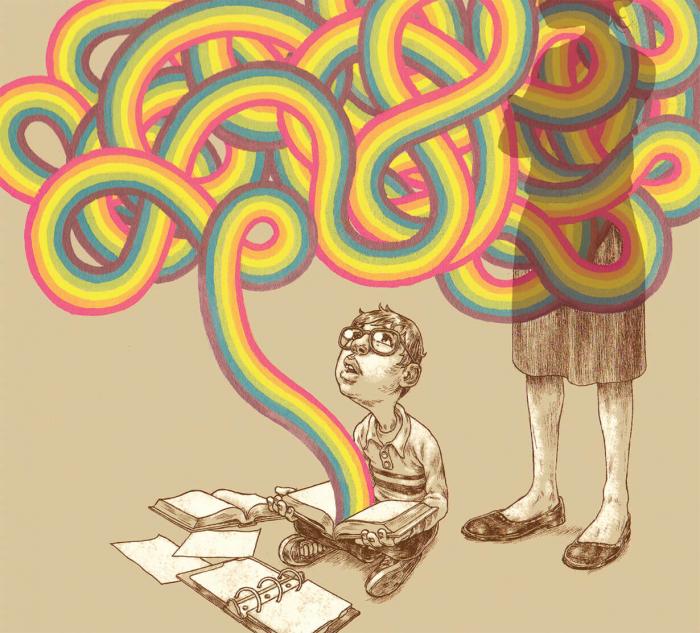Q: What can we tell parents who object to California’s new law on gay history in textbooks?
A: First, find out what they’re objecting to and whether they know what the law actually stipulates. Many people mistakenly think it’s about sex education or that it indoctrinates kids. Then reassure them that it’s part of an approach that recognizes that many different types of people participated in our history. The new law simply recognizes the contributions of those who have been traditionally overlooked—LGBT individuals, people with disabilities, people of color, etc.
Q: At my high school, black students from different cultures (Cape Verdeans, Haitians and African Americans) discriminate against each other and emphasize their differences rather than their similarities. How can this be countered?
A: You might see the students as black, but they clearly hold some very different views. Like all people, they’re jockeying for position socially and see the distinctions more than the similarities. As a school community, learn as much as you can about each group to better understand how they perceive each other. Instead of demanding that the students just get along, ask how your school policies and culture encourage or discourage intergroup relationships. Finally, try to create opportunities for the various groups to learn about each other’s experiences. You can also encourage solidarity by helping them see what they have in common—they are all part of the African diaspora.
Q: How can I teach anti-bullying to those who have a different definition of “bullying?” I’d like a concise definition at hand to challenge those who might say they’re just “motivating” people.
A: Experts (and most state anti-bullying laws) agree that bullying is aggressive behavior involving unwanted attention, negative words or actions, is repeated over time and features an imbalance of power. But don’t count on a “concise definition” deterring your “motivator.” Your school’s anti-bullying policy should include an agreed-upon definition that can’t be challenged. It sounds like the bullying you’re concerned about is coming from an adult. Check out our Fall 2011 article on teachers who bully (“Bully at the Blackboard”) and see our online guide about how to respond. Also, see this issue’s article on size bias (“Weighing In: Healthy at Any Size?”).
Q: Should body shape or size be included within the protections of cultural sensitivity?
A: Yes, all people should be treated with respect, regardless of their physical appearance.


0 COMMENTS